Join us for a free one-day workshop for educators at the Japanese American National Museum, hosted by the USC U.S.-China Institute and the National Consortium for Teaching about Asia. This workshop will include a guided tour of the beloved exhibition Common Ground: The Heart of Community, slated to close permanently in January 2025. Following the tour, learn strategies for engaging students in the primary source artifacts, images, and documents found in JANM’s vast collection and discover classroom-ready resources to support teaching and learning about the Japanese American experience.
Happy Year of the Rat! 祝您鼠年快乐!
We are delighted to share our annual collection of lunar new year stamps. Which is your favorite?

Stamps from Chinese Speaking Regions | North America | East Asia | All Other
Previous Lunar New Year Collections
For the twelfth year (a full cycle!), the USC U.S.-China Institute offers our collection of lunar year stamps from around the world. Here are stamps from China, South Korea (from 1960), the U.S. and Vietnam (from 2008). Our full collection is below.
 |
 |
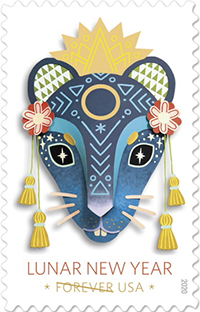 |
 |
 Throughout China, families gather for the lunar new year holiday. Migrant workers return home by the tens of millions and others use the holiday to go on trips within and beyond China. In 2019, it was estimated that 413 million would travel by rail and 73 million by air. Many more would travel by bus and car. Seven million headed to other countries. This year, many travelers are already wherever they planned to head. In the very center of China, however, travel is now being curtailed in an effort to stem the spread of the novel coronavirus. In Wuhan (population 11 million) and a number of other cities passengers are not being permitted to leave. For several days, officials at transit points have used infrared thermometer guns to screen passengers for possible fevers. Wuhan’s 339 km (211 mile) subway system has been closed. Last fall it carried about 2.5 million passengers each day.
Throughout China, families gather for the lunar new year holiday. Migrant workers return home by the tens of millions and others use the holiday to go on trips within and beyond China. In 2019, it was estimated that 413 million would travel by rail and 73 million by air. Many more would travel by bus and car. Seven million headed to other countries. This year, many travelers are already wherever they planned to head. In the very center of China, however, travel is now being curtailed in an effort to stem the spread of the novel coronavirus. In Wuhan (population 11 million) and a number of other cities passengers are not being permitted to leave. For several days, officials at transit points have used infrared thermometer guns to screen passengers for possible fevers. Wuhan’s 339 km (211 mile) subway system has been closed. Last fall it carried about 2.5 million passengers each day.
As of this m orning, 943 cases of the virus had been confirmed, with 921 of them in China and a handful of cases in seven other jurisdictions. All of the twenty-six deaths attributed to the virus have occurred in China. Two cases of the virus have been identified in the U.S., both involving individuals who had recently been in Wuhan. USC Student Health issued a bilingual health alert yesterday. And the Chinese Student and Scholar Association distributed information about effective face masks and made masks available to students. The Center for Systems Science and Engineering at Johns Hopkins University is mapping the spread of the novel coronavirus. The image here is from early this morning.
orning, 943 cases of the virus had been confirmed, with 921 of them in China and a handful of cases in seven other jurisdictions. All of the twenty-six deaths attributed to the virus have occurred in China. Two cases of the virus have been identified in the U.S., both involving individuals who had recently been in Wuhan. USC Student Health issued a bilingual health alert yesterday. And the Chinese Student and Scholar Association distributed information about effective face masks and made masks available to students. The Center for Systems Science and Engineering at Johns Hopkins University is mapping the spread of the novel coronavirus. The image here is from early this morning.
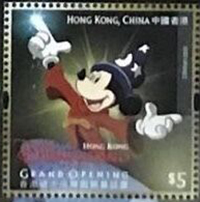 Shanghai Disneyland is one of the popular destinations that has closed to discourage large crowds from gathering. Last year at this time, it rolled out new activities and attractions. Nearly 12 million people visited the theme park in 2018, when it was Disney’s seventh most visited theme park. As it happens, Hong Kong issued a set of Disney-themed stamps when the park opened in 2005. It wasn't a year of the rat, but one of the world's most famous mice, Mickey, was featured in a couple of the stamps.
Shanghai Disneyland is one of the popular destinations that has closed to discourage large crowds from gathering. Last year at this time, it rolled out new activities and attractions. Nearly 12 million people visited the theme park in 2018, when it was Disney’s seventh most visited theme park. As it happens, Hong Kong issued a set of Disney-themed stamps when the park opened in 2005. It wasn't a year of the rat, but one of the world's most famous mice, Mickey, was featured in a couple of the stamps.
This has been the year of the pig and it's been a tough one for pigs in China and for Chinese food budgets. (Click here to see our discussion of pork production and consumption in China and the United States.) The UN Food and Agriculture Organization estimated that pork production fell 20% in China due to losses from the African swine fever (ASF) epidemic. Given that the average Chinese consumes 30 kg of pork a year, prices shot up, doubling by the end of the year. Even before the trade deal signed last week in Washington, pork exports from the U.S. to China were rising. In November 2019, 27% of U.S. pork exports went to China, up from less than 5% a year ago. The US Department of Agriculture estimates that U.S. exported pork prices are now half the cost of China's domestic pork.
Previous years of the rat have been quite important. U.S. President Richard Nixon visited early in the year of the rat in 1972, launching the modern era of U.S.-China ties. (Click here to read about the visit.) At that time, however, China was in the midst of its Cultural Revolution, when the customs of old were under attack. There was no Spring Festival Gala on Chinese Central Television and few could afford sets anyway. Now, of course, the CCTV Gala and those broadcast by provincial stations have a billion viewers. Outside China, many watch via live internet streams, including on YouTube, which China’s government bans within the country.
In December 1984, during another year of the rat, the Chinese and British governments issued their joint declaration on plans to return Hong Kong to Beijing’s control. (Click here to read the full declaration.) The agreement said that apart from matters of foreign affairs and defense, Hong Kong would “enjoy a high degree of autonomy.” Locals would govern Hong Kong, with the chief executive of the special administrative region to be appointed by Beijing “on the basis of the results of elections or consultations to be held locally.” For seven months now, protestors have gone into the streets of Hong Kong calling for increased government accountability and transparency. The fifth of the protestors demands calls for the direct election of Hong Kong’s chief executive and legislative council.
Twelve years later, the year of the rat was marked by increased China-Taiwan tensions. Beijing was upset by American arms sales (F-16 fighter jets, by the Bush administration in 1992) and by the U.S. government’s “upgrading” of U.S.-Taiwan ties in allowing Lee Teng-hui, Taiwan’s president to visit the United States (something the U.S. had told Beijing was unlikely as late as April 1995). In March 1996, people in Taiwan would vote in their first direct presidential election. China signaled its displeasure by staging large scale military exercises and military tests near Taiwan. When diplomatic messages failed to deter Beijing’s muscle-flexing, President Bill Clinton dispatched two aircraft carrier groups to the area. Lee Teng-hui became Taiwan’s first popularly elected president. The Taiwan strait remains a sensitive area. (Click here to see a discussion of Taiwan’s 2020 election and its implications for the trilateral relationship.)
The last year of the rat, in 2008 brought China tremendous suffering and joy. In March, peaceful demonstrations in Tibet were put down with force and ethnic violence erupted. Protests outside China about policies toward Tibet resulted in boycotts in China and rival demonstrations when the torch for the Beijing Olympics passed through several countries, including the United States. Then, on May 12, Sichuan was struck by a massive earthquake that took 70,000 lives and left millions homeless. People across China and the globe rallied to offer assistance. From that tragedy, China moved to the excitement and pride of hosting the 2008 Summer Games. The spotlight on Beijing mostly rebounded to China’s credit as the world marveled at how the country had advanced economically.
What will this year of the rat bring us? China’s economy is expected to continue growing, but at a slower pace. The U.S. economic expansion is in its eleventh year, the longest on record. Economic frictions between the two countries will continue, especially over market access, but also if Chinese imports of American goods don’t increase at the rate pledged in the just signed trade deal.
Our collection of year of the rat lunar new year stamps is below. Please take a moment to let us know via email (uschina@usc.edu), Facebook (@uschinainstitute) or Twitter (@usc_uschina) which of these stamps is your favorite. On social media, please use the #USCI_Rat hashtag.
We wish you and your family a year of peace and happiness. Please stay in touch.
Best wishes,
The USC U.S.-China Institute
Support the institute
Subscribe to our USCI's YouTube channel
Chinese Speaking
China 2020 - extensive launch to the new series by Han Meilin 韩美林
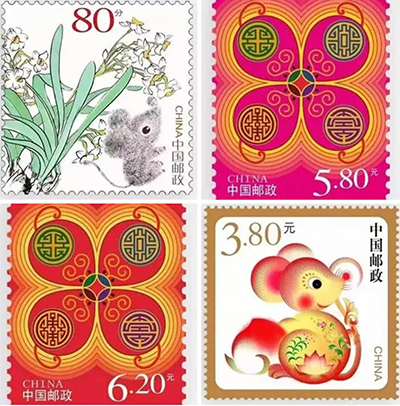

China, 2008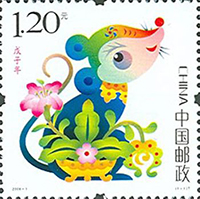
China, 1996
China, 1984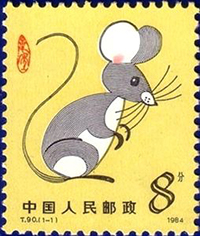
Hong Kong, 2020
Hong Kong, 2008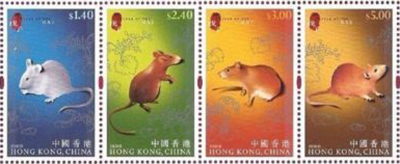
Hong Kong, 1996

Hong Kong, 1972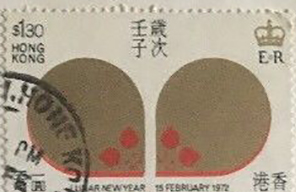
Macau, 2020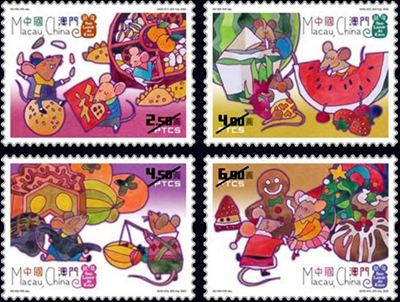
Macau, 1984
Republic of China (Taiwan), 2020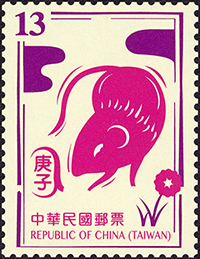


Republic of China (Taiwan), 2008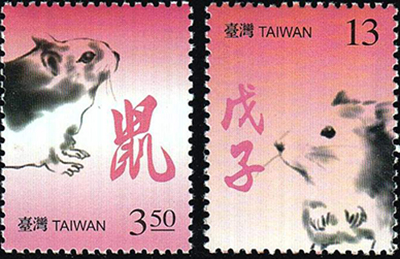
Republic of China (Taiwan), 1996
Republic of China (Taiwan), 1984
Republic of China (Taiwan), 1972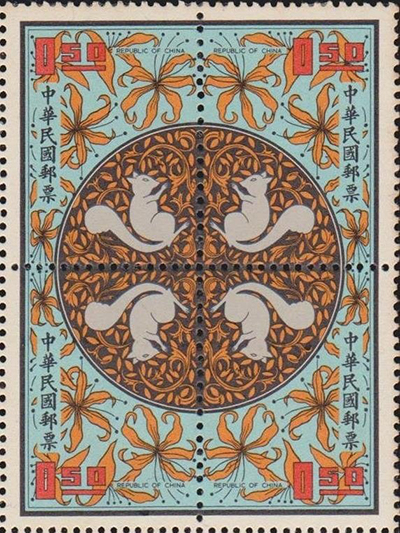
Singapore, 2020, designed by Lim An-ling
Singapore, 2008
North America
United States, 2020, art by Camille Chew, designed by Antonio Alcalá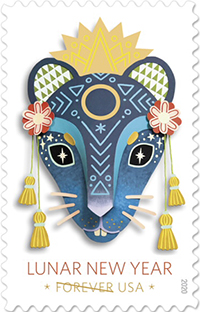
United States, 2008, design by Ethel Kessler, calligraphy by Lau Bun, art by Clarence Lee
United States, 1996, designed by Clarence Lee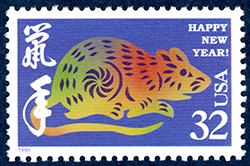
Canada, 2020, designed by Albert Ng and Seung Jai Paek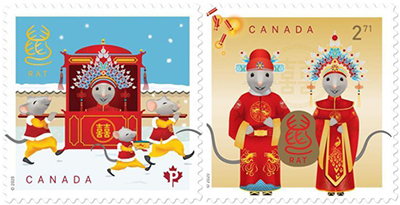
Canada, 2008, designed by Naomi Broudo and Violet Finvers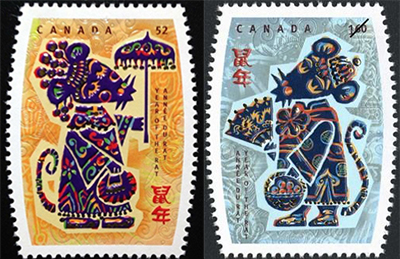
East Asia
Japan, 2020
Japan, 2008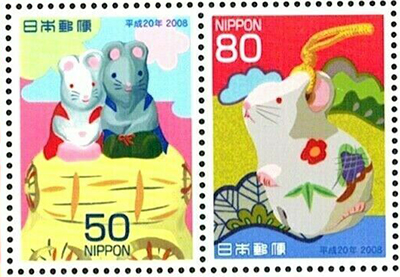
Japan, 1996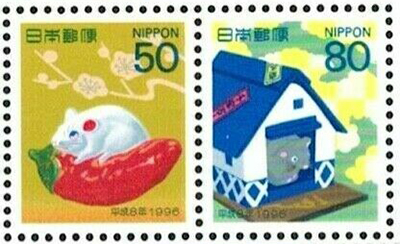
Japan, 1984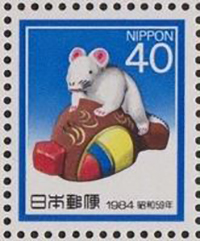
Japan, 1960
Mongolia, 2008
Mongolia, 1972 (part of a space exploration and lunar zodiac series)
South Korea, 2020, designed by Yu Ji-hyeong
South Korea, 2008
South Korea, 1996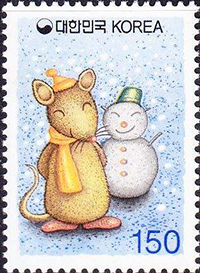
South Korea, 1960
Australia, 1996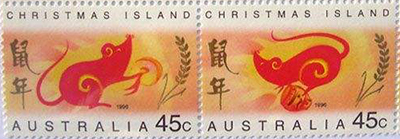
Bhutan, 2008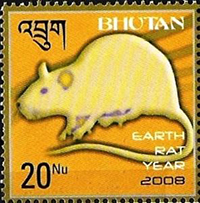
Bhutan, 1996
Cook Islands, 2020

Cook Islands (Rarotonga), 2020

Cook Islands (Penrhyn), 2020

France, 2020, designed by Chen Jianghong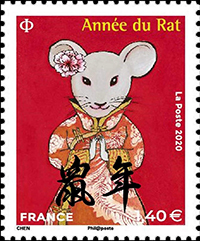
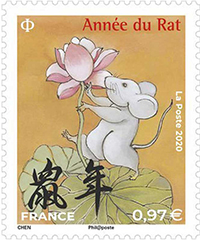
France, 2008
Ghana
Grenada
Guernsey, 2020, designed by Chrissy Lau

Jersey, 2020, designed by Wang Huming
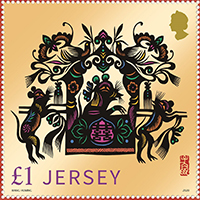

Kyrgyzstan, 2020
Kyrgyzstan, 2008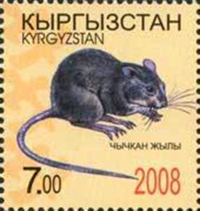
Liechtenstein, 2020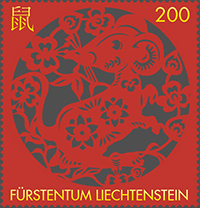
Micronesia, 1996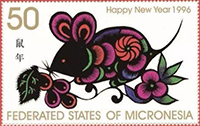
New Zealand, 2020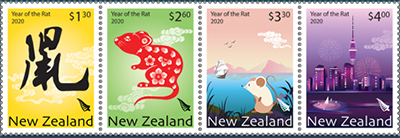
New Zealand, 2008 ("pocket pets" series)
Niger, 2020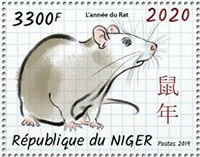
Philippines, 2020

Philippines, 2008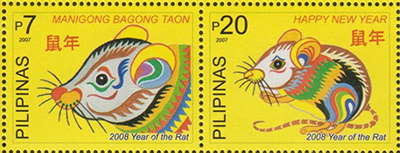
Slovenia, 2020, designed by Teja Milavec
Thailand, 2020
Thailand, 2008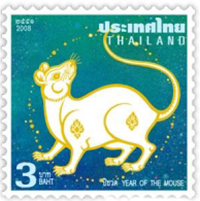
Tonga, 2020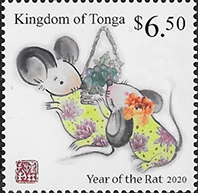

Tonga (Niuafo ou), 2020
United Nations, 2020, designed by Yin Huili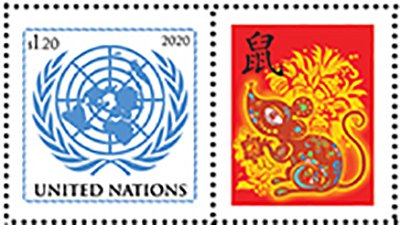
Vietnam, 2020, designed by Nguyen Quang Vinh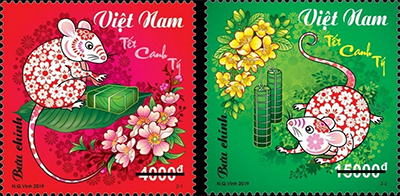
Vietnam, 2008, designed by Dang Minh Vu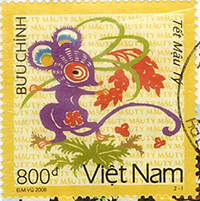

Vietnam, 1996
Previous USCI lunar new year stamp collections
2019: Year of the Pig
2018: Year of the Dog
2017: Year of the Rooster
2016: Year of the Monkey
2015: Year of the Ram/Goat/Sheep
2014: Year of the Horse
2013: Year of the Snake
2012: Year of the Dragon
2011: Year of the Rabbit
2010: Year of the Tiger
2009: Year of the Ox
Featured Articles
Please join us for the Grad Mixer! Hosted by USC Annenberg Office of International Affairs, Enjoy food, drink and conversation with fellow students across USC Annenberg. Graduate students from any field are welcome to join, so it is a great opportunity to meet fellow students with IR/foreign policy-related research topics and interests.
RSVP link: https://forms.gle/1zer188RE9dCS6Ho6
Events
Hosted by USC Annenberg Office of International Affairs, enjoy food, drink and conversation with fellow international students.
Join us for an in-person conversation on Thursday, November 7th at 4pm with author David M. Lampton as he discusses his new book, Living U.S.-China Relations: From Cold War to Cold War. The book examines the history of U.S.-China relations across eight U.S. presidential administrations.





